|
By Kris Dorsey Gastineau Community School, 1st Grade Science – absolutely, Writing – of course, Reading – yep...I’ve challenged myself to integrate many different Artful Thinking routines with the instructional content in my first grade class this year. Well, all except math… I’ve avoided it long enough, I suppose. I turned my teacher’s guide to our newest chapter. Math In Focus, Chapter 15 – Calendar and Telling Time. How do we measure time?... Seconds, hours, days, weeks, months, years, decades... How do we keep track of those units of measure?.. Timers, watches, phones, clocks, calendars… What do the kids really need to know and how will they learn it best?... They need to develop a sense of time – how many seconds in a minute, minutes in an hour, hours in a day, days in a week, weeks in a month, months in a season, months/seasons in a year - and be able to compare those units of time. But what parts have to be experienced? The passage of time, the development of what an hour feels like compared to five hours, how it feels to wait a year for your next birthday, what mom actually means when she says there are only 10 minutes before bedtime... these are not things we can tell them; these are things they have to experience and connect with...these ideas about time must be constructed within the learner. Sure, we need to help kids have access to the social knowledge pieces - like there are 60 seconds in a minute or that the third day of a week has a name and it's called Tuesday. These bits of information cannot be constructed within the learner alone through experiences. They have to be told from one person to another…because, in Japan, the third day of the week is called Kayobi...you wouldn't know that until somebody told you, no matter how many Tuesdays go by in Tokyo. These are the direct instruction pieces; the pieces I have to reveal to them. But what connections can we make about telling time with an Artful Thinking routine? How can we use Artful Thinking and art experiences to assess what children already know or have learned about reading clocks? How can we make the learning engaging and meaningful? Prior to introducing the new chapter, I told the kids we were going to do a "See, Think, Wonder" Thinking Routine for several pictures. First, I pulled out a photo of a sundial and didn't say anything while they looked carefully and thought about it. Then, I asked them to quietly turn and share with a partner the things that they saw and thought about. I asked a few volunteers to share out their ideas and anything they wondered. Here are a few quotes after looking at the sundial: "Maybe it's a time machine." "I noticed some letters on the circle part." "There's a shadow from the sun." "I wonder why there is a shark fin on it in the middle?" Next, I pulled out a photo of an ancient water clock (used to measure time at night) and repeated the "See, Think, Wonder" routine: "Maybe it's an ancient bowl." "I see Egypt writing on it – hiro, helo, hieroglyphs? I don't know what they're called, but it's Egypt picture writing." "It looks like a bowl with water in it and it has a hole in the bottom." "I wonder if it's for drinking water or taking a shower?" Then, I pulled out a photo of an hourglass and repeated the routine: "I have one of those at home" "I think it's a timer." "I have a small one in my game at home." "It has sand in it and when it runs out, you turn it over to start it." "I use one when I brush my teeth so I know how long I have to brush." "I wonder how long it takes for the sand to run out from the top?" The next photo to be revealed with the thinking routine was an analog clock: "That's a clock!" "We have those kinds in here – right over there (pointing to the classroom analog clocks)." "I don't know how much time is on it." "I think it shows ten-eight." The last photo I brought out was a digital clock (akin to the Velcro shoe – most kids can figure it out without any help!) "9:24!"
"It's 9:24." "I have that kind. It's an alarm clock." After they had discussed all the photos, I asked them, "Why do you think I put all these photos together?" Here are some things that they said, "They all have to do with time?" "Maybe it's about time machines." "Maybe we're doing it for math?" "We are going to learn about time." "We know that these things are time." "Because you want us to make connections about ways people tell time?" "It's our math for today." "Because we are going to be thinking about time and clocks." I literally got goosebumps. They got it. They understood that unless we know how to "read" the markings or how the device is used to measure time, it's useless to us. The sundial, the water clock and the hourglass were all cool ideas for telling time, but we couldn't read them...we hadn't been taught how to use them to measure the passage of time. That set the stage for our purpose - learning to read an analog clock to measure time. They noticed there are three analog clocks on the walls of our classroom already, but I was the only one in the room who knew how to read them.
0 Comments
|
ArtStoriesA collection of JSD teachers' arts integration classroom experiences Categories
All
|
|
|
Artful Teaching is a collaborative project of the Juneau School District, University of Alaska Southeast, and the Juneau Arts and Humanities Council.
|
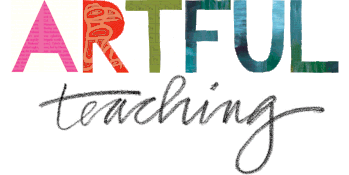
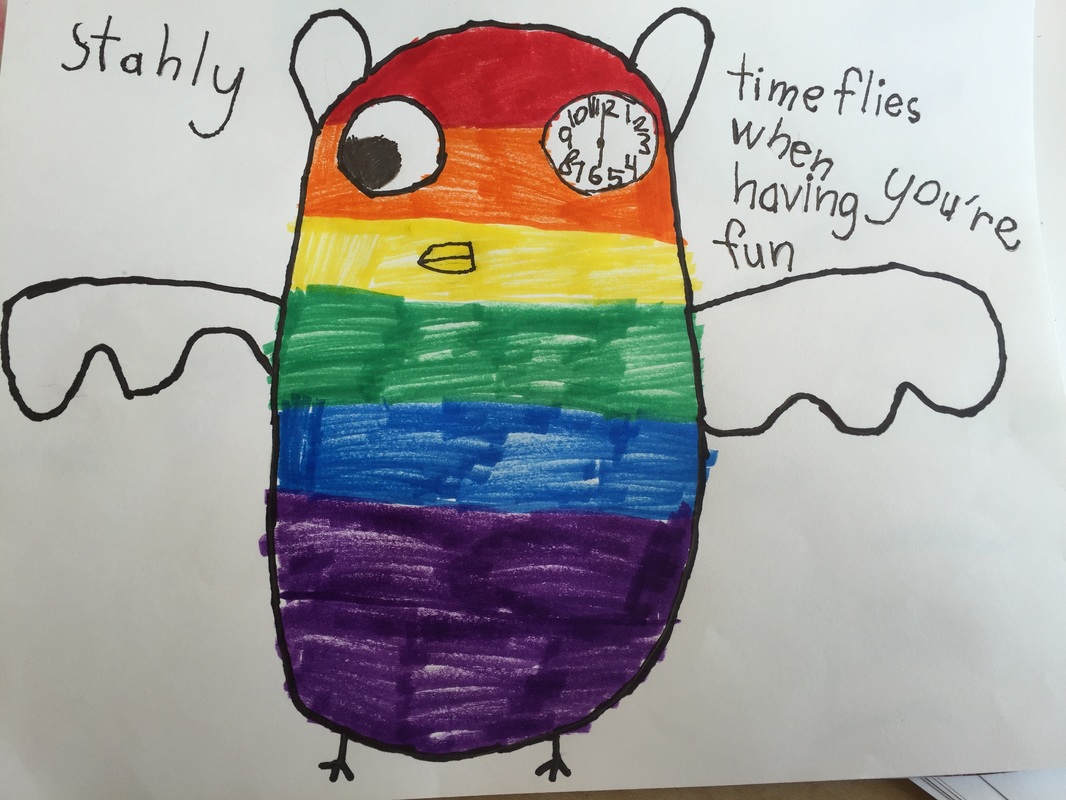
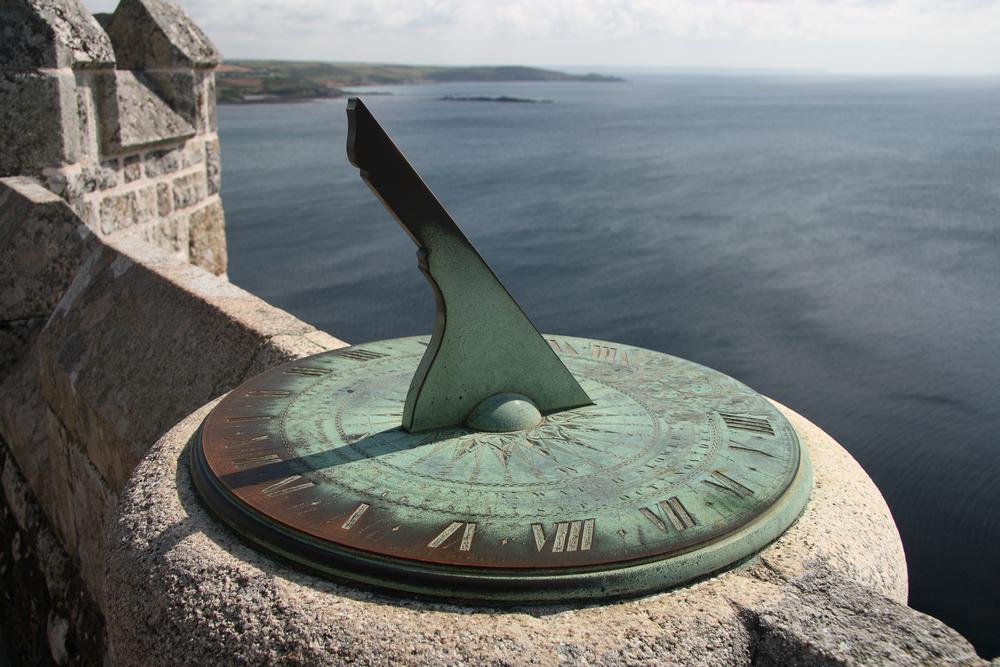
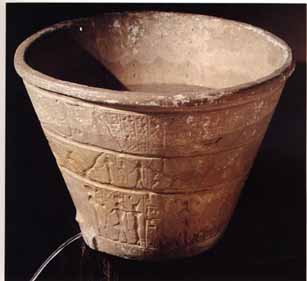
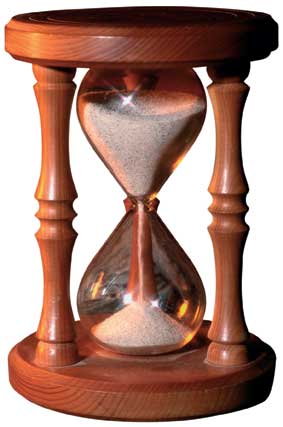
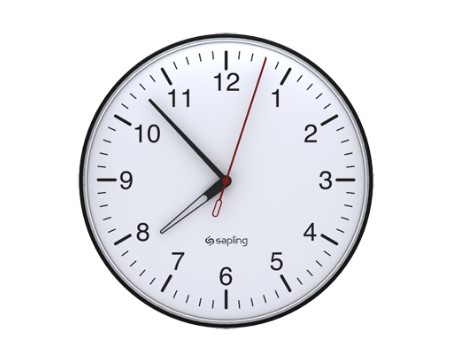
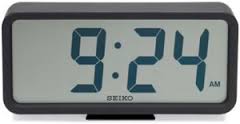
 RSS Feed
RSS Feed